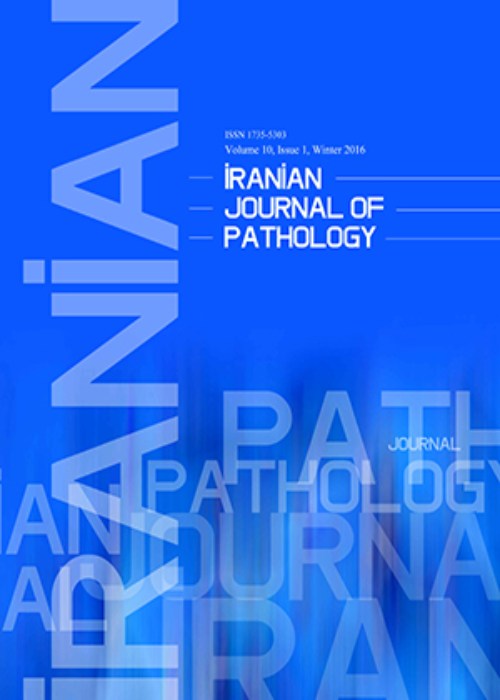Dogs as Disease and Cancer Detectors: A Literature Review
Author(s):
Abstract:
A dog has 44 times more olfactory neurons than human and strong sensitive nose and smell sense. With such developed rhinencephalon, dogs have valuable roles in police work, detecting hidden explosives and drugs, tracking criminals and finding cadavers and missing persons. The first time in 1989 it was reported a mole in thigh of a 44 years-old woman kept sniffing and finally bite off by dog while ignored the others. The lesion was malignant melanoma. Since then similar claims of detection of cancer and malignancy of internal organs such as breast, lung, prostate, and bladder appeared in the literatures. Experimentally, urine from bladder cancer was set out among samples from healthy people or those with other diseases, ordinary pets were able to identify the cancer patient’s urine about 3 times more often than would be expected by chance alone. Interesting it was a case with negative cystoscopy and ultrasonography results picked-up by dogs as positive case, which its follow-up revealed a kidney carcinoma. It is known that dogs can detect diseases other than cancer such as infection, bleeding, diabetes, and punctuate pregnancy. Already dogs are used to warn of epileptic seizures, low blood sugar, and heart attack. Rural doctors in Africa are able to detect cancer and possibly pandemic diseases like TB and AIDS with the help of trained sniffer dogs. In September 2004 the result of research proved the theory that cancer produce chemicals with distinctive odor which dogs can detect. Discharged compounds such as formaldehyde, benzene, alkalines, or a mixed volatile or aerosolized. as well as abnormal protein and tissue specific products present in the minute amounts in the blood, urine, stool, and sweat, beyond the sensitivity of current machines, it might be picked up by sniffer dogs. For conclusion we must say dogs not to be used in physician office and clinics. owever, studying how animals can detect disease conditions in humans could lead to future advanced methods in medicine and medical technology having such developed artificial machines as dog rhinencephalon.Fortunately in 2003 Italian scientists tested a prototype “electronic nose” that proved to be 100% accurate in a breath test of 35 people with advanced lung cancer and 25 others who were healthy. It would also be very useful for screening of populations and certainly going to be effective in thirdworld countries that don’t have the ability to do or pay for sophisticated laboratory tests.
Language:
English
Published:
Iranian Journal Of Pathology, Volume:2 Issue: 3, Summer 2007
Page:
126
magiran.com/p586114
دانلود و مطالعه متن این مقاله با یکی از روشهای زیر امکان پذیر است:
اشتراک شخصی
با عضویت و پرداخت آنلاین حق اشتراک یکساله به مبلغ 1,390,000ريال میتوانید 70 عنوان مطلب دانلود کنید!
اشتراک سازمانی
به کتابخانه دانشگاه یا محل کار خود پیشنهاد کنید تا اشتراک سازمانی این پایگاه را برای دسترسی نامحدود همه کاربران به متن مطالب تهیه نمایند!
توجه!
- حق عضویت دریافتی صرف حمایت از نشریات عضو و نگهداری، تکمیل و توسعه مگیران میشود.
- پرداخت حق اشتراک و دانلود مقالات اجازه بازنشر آن در سایر رسانههای چاپی و دیجیتال را به کاربر نمیدهد.
In order to view content subscription is required
Personal subscription
Subscribe magiran.com for 70 € euros via PayPal and download 70 articles during a year.
Organization subscription
Please contact us to subscribe your university or library for unlimited access!


